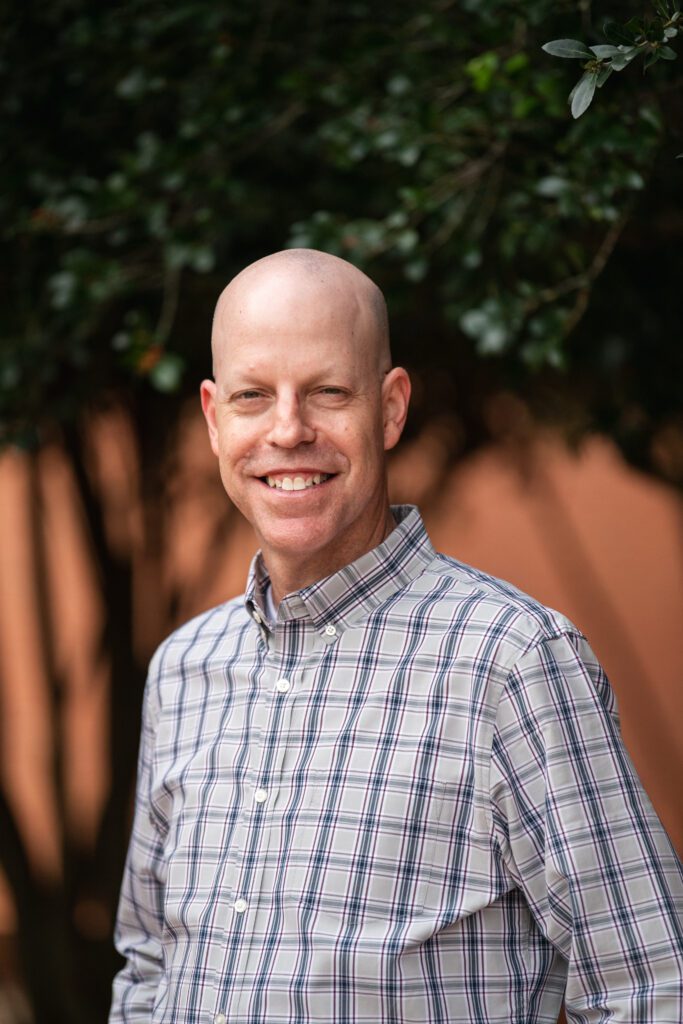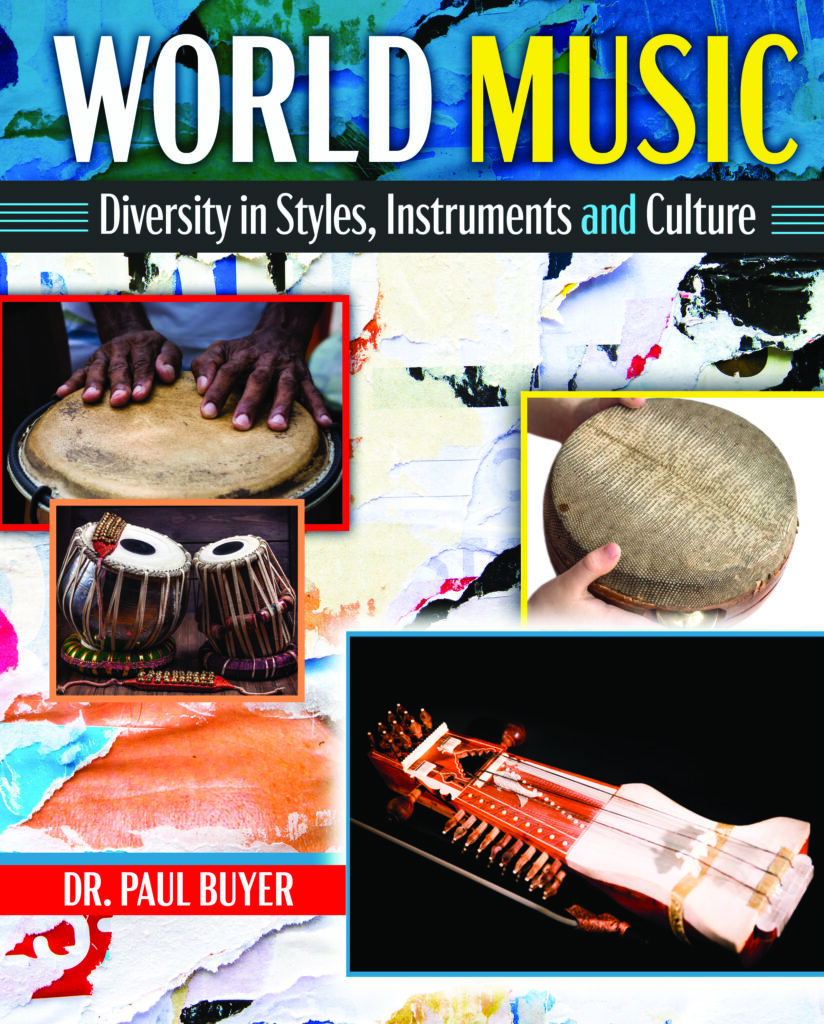Paul Buyer is in his 26th year of teaching at Clemson University. Somehow, he is able to juggle the weight of administrative duties and private lessons, serve as the director of percussion and author an engaging textbook on what music looks (and sounds) like around the globe. Buyer oversees all percussionists, totaling about 40 students, in Tiger Band, percussion ensemble, steel band, symphonic band, jazz band and orchestra.
He celebrates being published for a fifth time this January, as “World Music: Diversity in Styles, Instruments, and Culture” is his first textbook. But calling it that would sell the entire work short. Buyer has built an entirely digestible course cultivated with audio and visual components for a wide academic audience.
Buyer’s interview with Clemson News has been edited for length and clarity.
Clemson News: How did you end up in Clemson?
Paul Buyer: “I taught high school in the Dallas, Texas, area for two years, serving as the 2nd band director and coordinator of percussion. I was finishing my Doctor of Musical Arts at the University of Arizona long distance, and I started applying for college jobs. Clemson was one of several and they had never had a percussion professor. All the students were kind of running the program, so it was chaotic. I was fortunate to get an interview and it worked out, so I came here in 1998.”
CN: What drives you?
PB: “The process of working toward excellence. From where you start on day one with new players of first-year students through seniors, and getting different music in front of them every semester. Training them to work together to have a performance in a concert that’s really high level and that is a really difficult thing to do. It has a lot to do with their individual practicing, commitment, ability to work with one another and empathize with other parts and not just focus on their parts. We’ve fallen short a few times, but most of the time we achieve a high level of excellence. That’s a really rewarding feeling when you walk offstage.”
CN: Why is your first textbook about world music?
PB: “I received a general call through an email to college professors about writing a textbook for Kendall Hunt Publishing. I’ve taught the class for 20 years and used about five or six books. They were all a little deflating as far as length and were very scholarly. They were missing certain cultures and instruments as a percussionist I thought should be in there. I submitted a proposal and got accepted to write the book. I tried to have a representative sample of many different styles and genres. It’s not a history book. It’s what’s going on right now and a lot of this music has not changed in hundreds of years.”

CN: How would you compare this book to past work in the same field?
PB: “I had to make it current and engaging. This book is more concise than other books that I’ve used. That was intentional. I wanted to shorten it so students would read it and get through most of the content in a semester. I removed the fluff and added a ton of visual content between the photos and the videos.”
CN: Please explain the significance of the textbook’s ancillary materials.
PB: “Before YouTube, I had a budget to buy VHS tapes and CDs to help me teach the course. I would go home and watch VHS tapes and then track how many minutes I was going to play the next day. YouTube came out in 2005 and completely changed that. In this book, students can read and immediately go to a video of an instrument, ensemble or culture to see how people live in their traditions and beliefs. The videos are a big part of it, and I did a lot of online research of articles and blogs and had help from people who have visited a lot of these places.
“There’s a Spotify playlist for each culture. I selected 15 to 20 listening examples per chapter and listened to dozens of examples. Let’s say I’m talking about the metallophones of the Indonesian Gamelan; if you just read about it, you won’t understand. There are photos, but you need auditory feedback. You watch the video and you make the connection. It’s very interactive. There are about 300 videos as part of this book. It’s been the hardest project because of the videos, playlists and research I’ve put into it.”
CN: There’s an entire chapter dedicated to Playing for Change. Would you share what the purpose of that group is?
PB: “It’s an organization that started to capture different musicians in different countries playing their music on their home turf. They would have a mobile recording studio and they started with a street musician in California named Roger Ridley. He was a guitarist singing ‘Stand by Me.’ They brought the mobile recording studio to other cities and they did the same thing where they would overdub another musician playing or singing ‘Stand by Me.’
“Then they went to other countries and did the same thing. Their goal is peace through music. With all the turmoil going on worldwide, music is the one thing that unites everybody, regardless of your background or where you grew up. They’ve done benefit concerts to help build music schools and train the younger generation. A band was formed called the Playing for Change Band, and they’re touring to this day. It is unbelievable what they’ve accomplished.”

“World Music: Diversity in Styles, Instruments and Culture” travels to the United States, Sub-Saharan Africa, the Middle East, India, Japan, Indonesia, Trinidad and Tobago, Cuba, and Brazil, with a final chapter on Playing for Change. Written in an engaging, interactive and concise format, students will explore diverse musical styles, instruments, and culture through compelling content, musician spotlights, and dozens of quality videos, audio recordings, and class activities. It can be bought online at kendallhunt.com.
Get in touch and we will connect you with the author or another expert.
Or email us at news@clemson.edu

